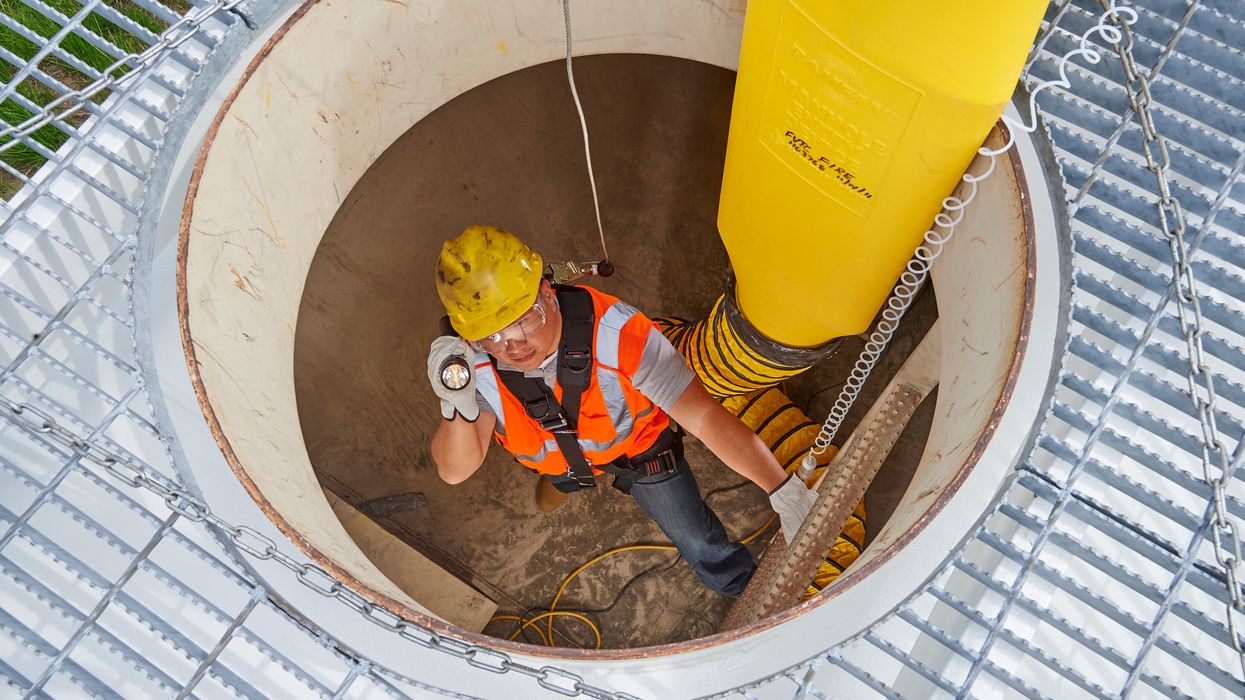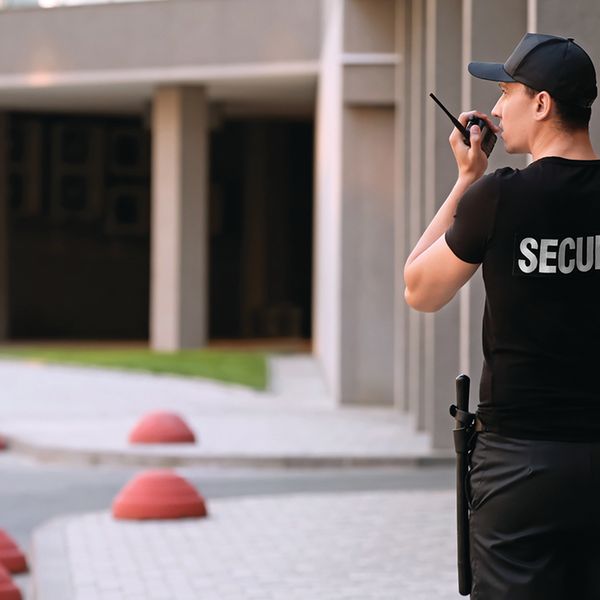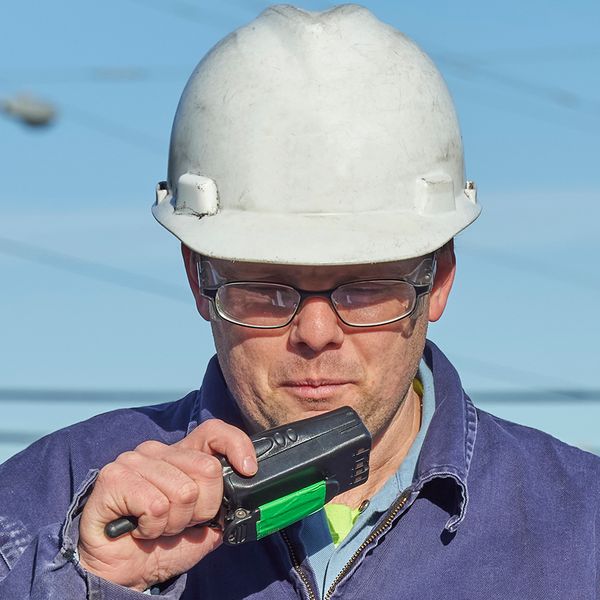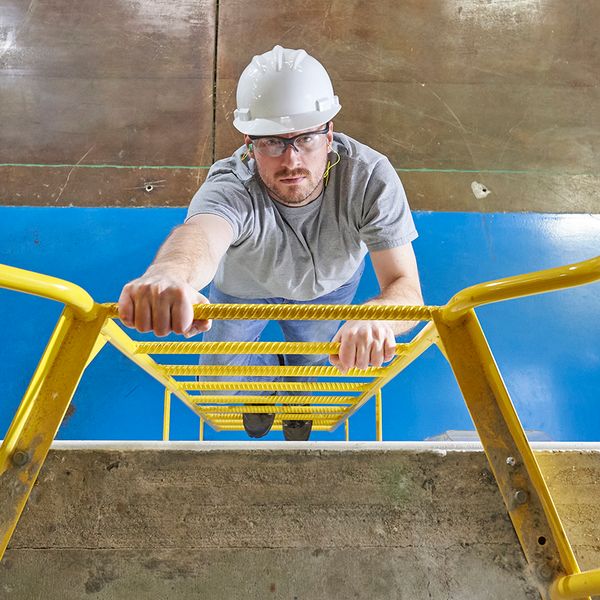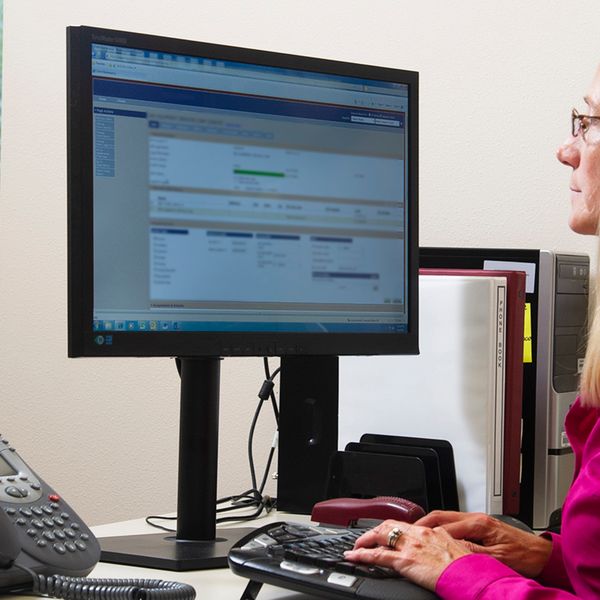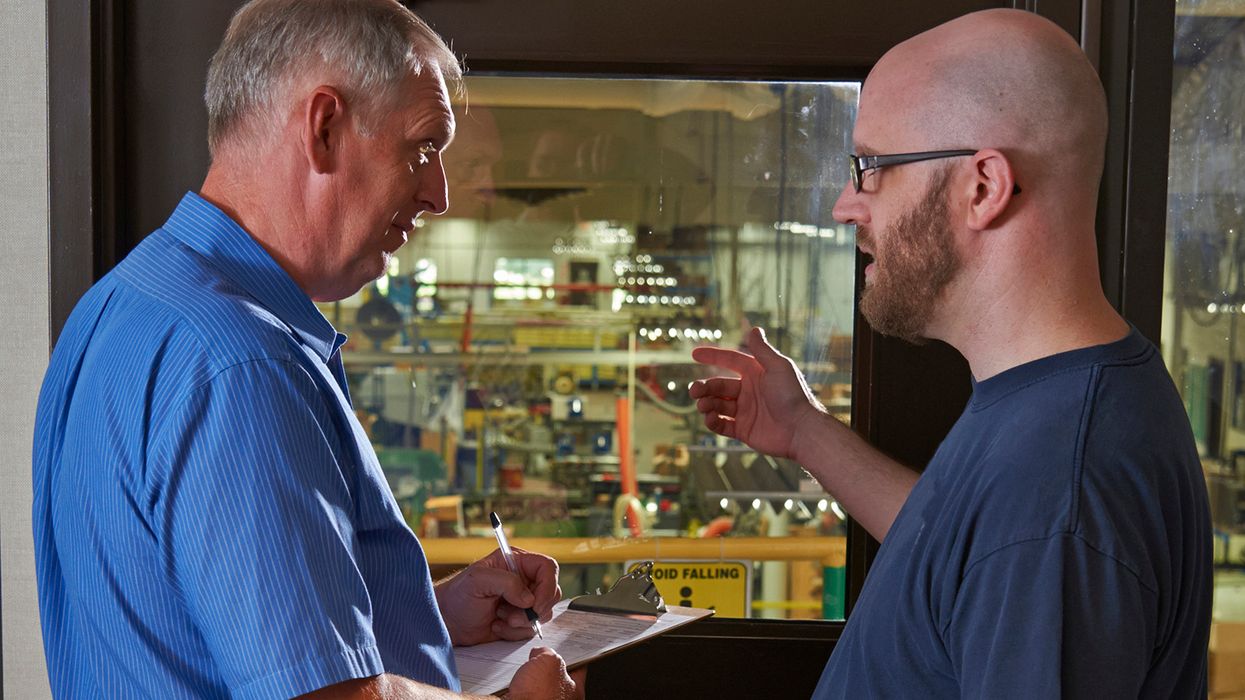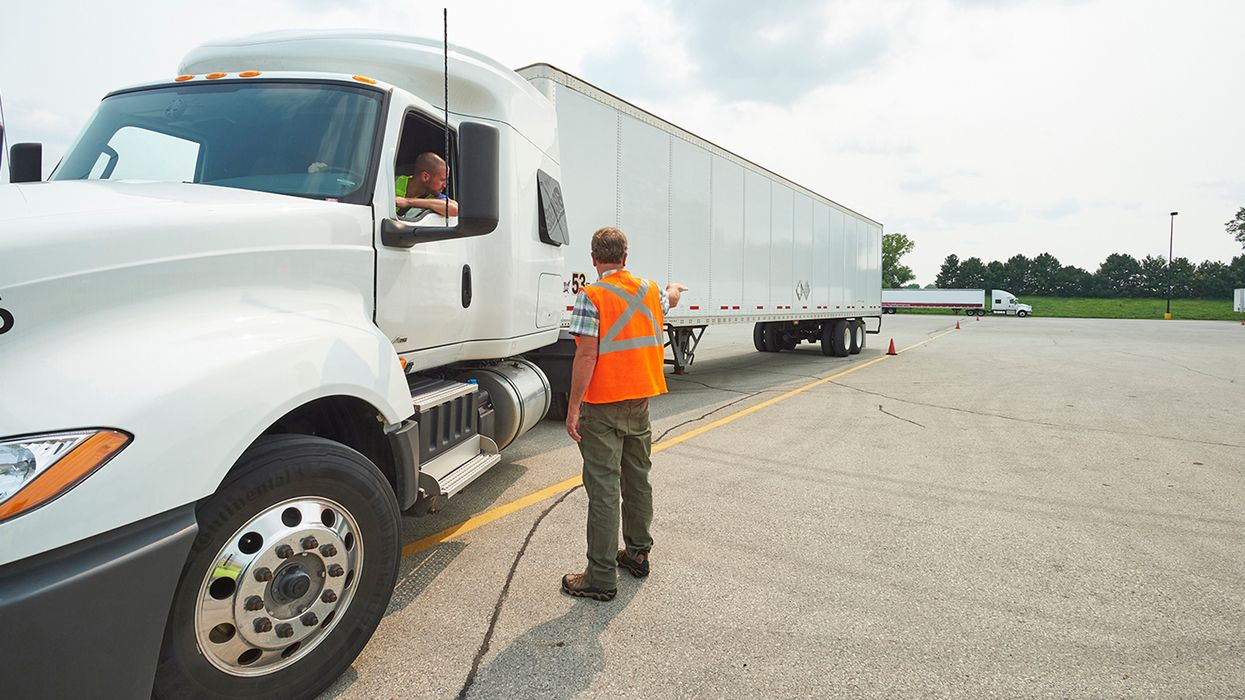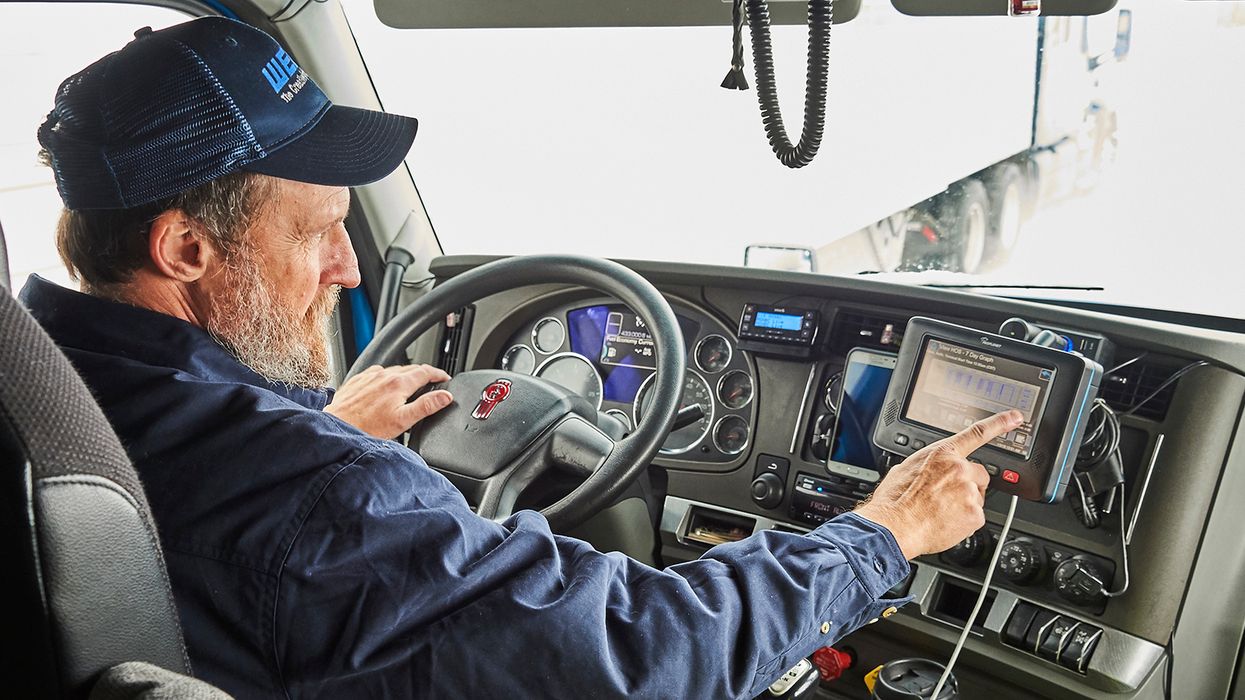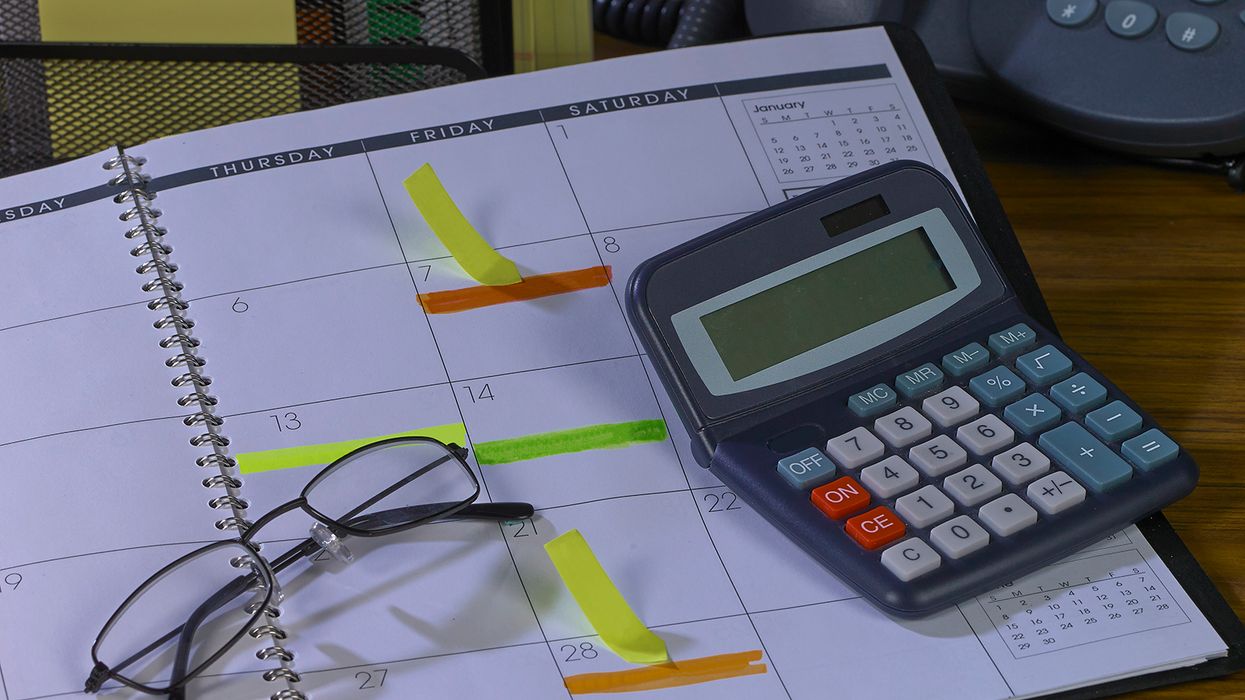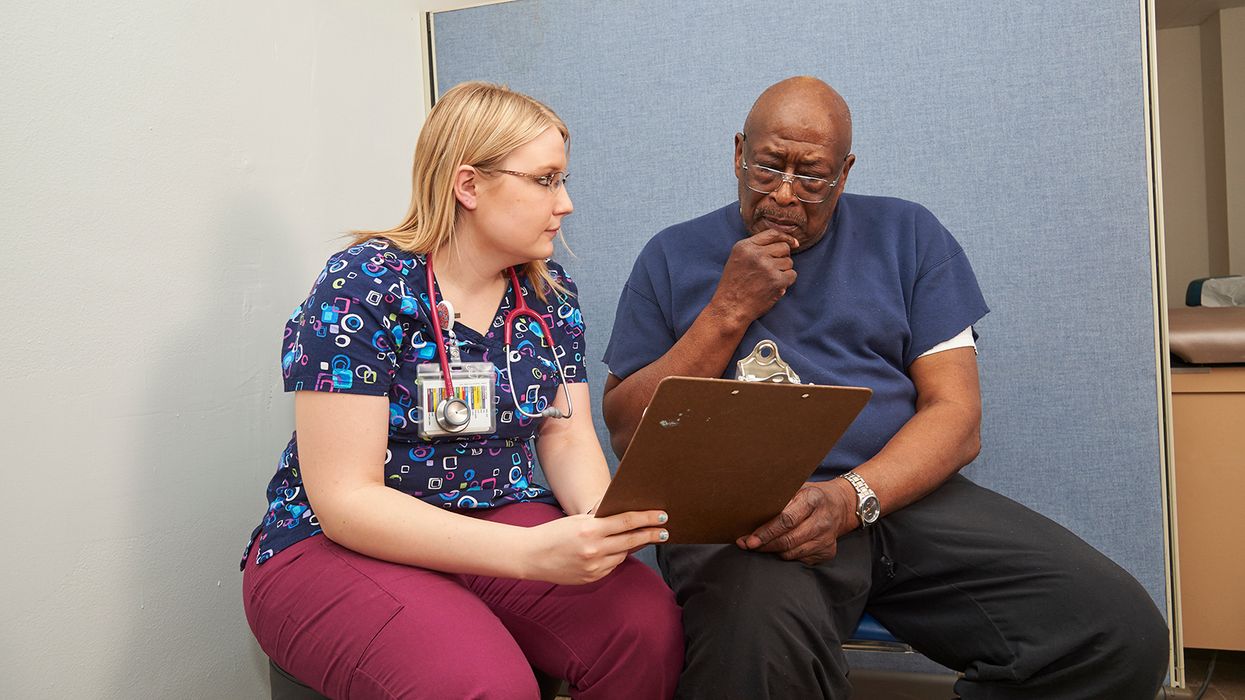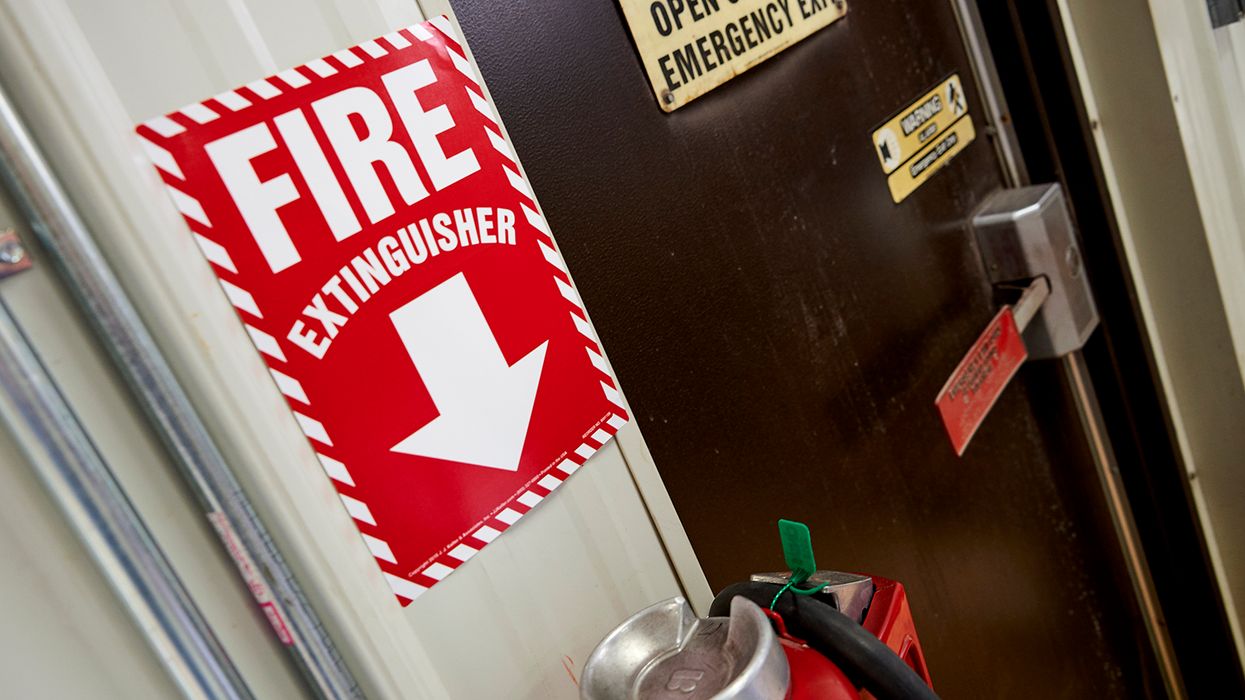Lone Worker Handout
Protect workers who work alone
Each year, thousands of workers are injured and even killed while performing seemingly routine tasks where the injury or death could have been prevented had another worker been nearby to help them. Although OSHA’s regulations do not specifically require employers to develop a safety plan for their workers who must work alone, the General Duty Clause does require that every employer provide a safe workplace for workers. Therefore, having procedures in place to stay connected with or monitor workers who work alone is prudent.
Assess the job
Nearly any job may require working alone, without the presence of a supervisor or coworker, even if only for short periods.
Every work-alone situation needs to be assessed to determine any hazardous conditions or circumstances that would compromise the worker’s safety. If any dangerous situations are identified, develop methods and procedures to ensure that the worker is monitored and can get assistance if an accident occurs. You may want to consult with your safety committee, supervisors, and workers for suggestions.
Provide the necessary tools and equipment, information about the hazards that may be encountered, and safety training to reasonably ensure that workers, supervisors, and foremen are familiar with the risks and the use of all devices or equipment provided for their protection. Both project management and workers have the responsibility and duty to minimize the possibility of an incident.
Categorize the job
When assessing the conditions or circumstances under which a worker must work alone, specific job functions have inherent hazards. These functions can be categorized as high risk, low risk, or a combination of both. No matter the degree of risk, however, employers should develop control methods to minimize them.
High-risk job hazards include:
- High energy materials (radioactive, elevated temperature);
- Toxic gases, liquids, or solids;
- High pressure and high voltage electrical systems;
- Moving equipment or machinery;
- Handling or transferring flammable liquids;
- Confined spaces; and
- Extreme weather conditions.
Low-risk job hazards include:
- Maintenance functions other than on active processing equipment;
- Janitorial or custodial functions (except in hazardous locations);
- Routine job functions that are part of a long-standing operating procedure where experience has shown them to be safe; and
- Desk work.
Top Tips for protecting workers who work alone
Prominently post telephone numbers for emergencies and routine calling for workers who work alone. Be sure they understand the procedures to follow if a security issue or dangerous situation should arise. Here are other tips that will help your jobsite ensure workers who must work alone can do so safely.
- Have a call-in procedure. If the worker makes rounds of the jobsite, have the worker call into another location or individual when they leave, give an estimated time of return, and call again upon return. Communicating via the telephone at regularly scheduled intervals may be adequate in low-risk, work-alone situations. Telephone numbers for routine calling and emergencies should be prominently posted. Even office workers should be instructed about emergency procedures for working alone during non-regular office hours.
- Increase barriers. If the worker works with the public, increase the physical barriers between the worker and the public.
- Provide other methods of security. Use a visible security camera and a posted sign stating the jobsite is being monitored at all times. Workplace security systems can often be modified to watch a particular worker working alone and the workplace’s status itself. You may want to use personal pagers, two-way radios, emergency sounding devices, visual monitoring systems, and similar equipment. It is essential to tailor the suitability of safety measures and strategies to the workers’ needs. For instance, if a worker is deaf, visible alarms should be provided in the workplace.
- Central monitoring could also be implemented. The activities of those required to work alone are monitored by a person designed for that purpose. If you decide to use a central monitoring system to relay an alarm, check federal, state, and local regulations regarding this system.
- Work in pairs. If the worker will be working in hazardous areas, pair the worker with another individual for those tasks if possible, and make sure they are well trained to deal with emergencies that may arise. Buddy systems are primarily used for working in confined spaces where entrance into or exits from a confined space is restricted. Examples include utility holes, pits, or tanks that may be oxygen-deficient or where there may be an accumulation of hazardous gases, vapors, or mists. The buddy must be knowledgeable about the worker’s activities being observed, be adequately equipped with emergency equipment, and be capable of putting pre-planned rescue or emergency operations into effect.
- Have workers check on each other. If another worker can check on the person working alone, have them check on the individual by telephone at regular intervals. You could also issue two-way radios for workers to check up on each other. Check on the worker by periodic visits at regular intervals; this should be done by the employer, another worker, or some other knowledgeable person designated by the employer. The hazards of the job should determine the length of time between checks.
Discuss situations with your worker they may have faced in the past about working alone. They may have a problem about an issue you haven’t thought of before or be able to suggest solutions that have worked well for them or at other jobs they worked on in the past.

